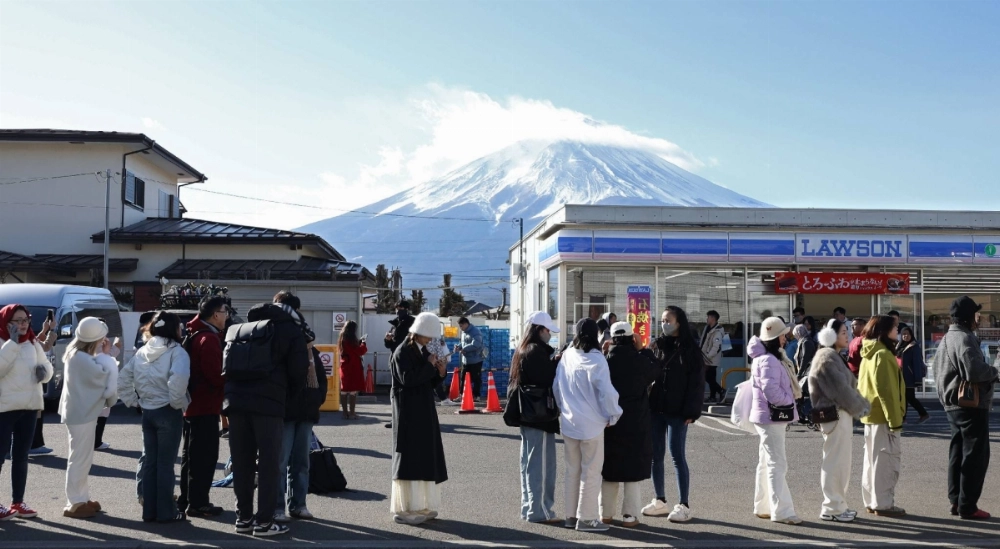As Japan sees record-breaking numbers of foreign visitors, regional cities — in addition to major tourist destinations — are grappling with an unexpected surge in travelers.
Social media has fueled the boom, drawing crowds to picturesque spots such as a convenience store with a perfect view of Mount Fuji and scenic film locations. Even remote hot springs, once hidden from the public eye, are struggling with the influx of tourists.
When the Lunar New Year kicked off on Jan. 29, long lines formed outside a convenience store in the town of Fujikawaguchiko in Yamanashi Prefecture.

















With your current subscription plan you can comment on stories. However, before writing your first comment, please create a display name in the Profile section of your subscriber account page.